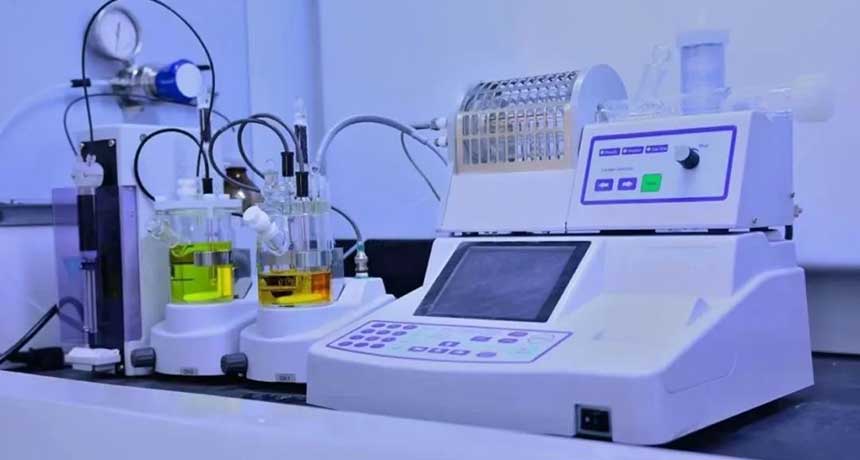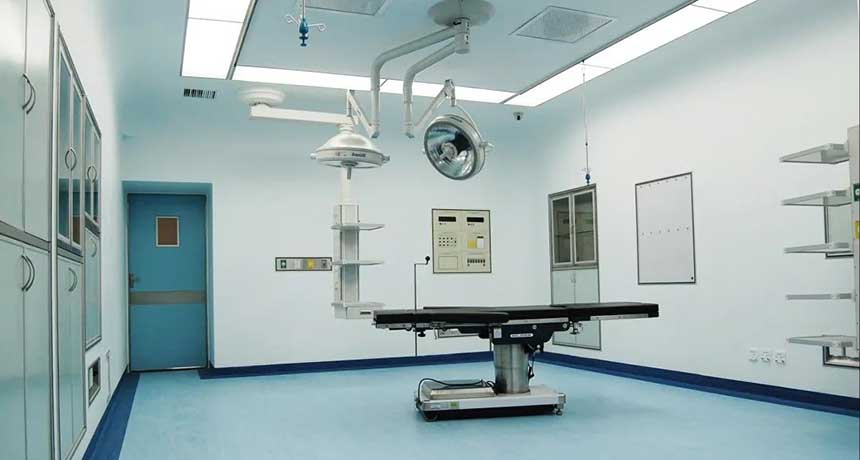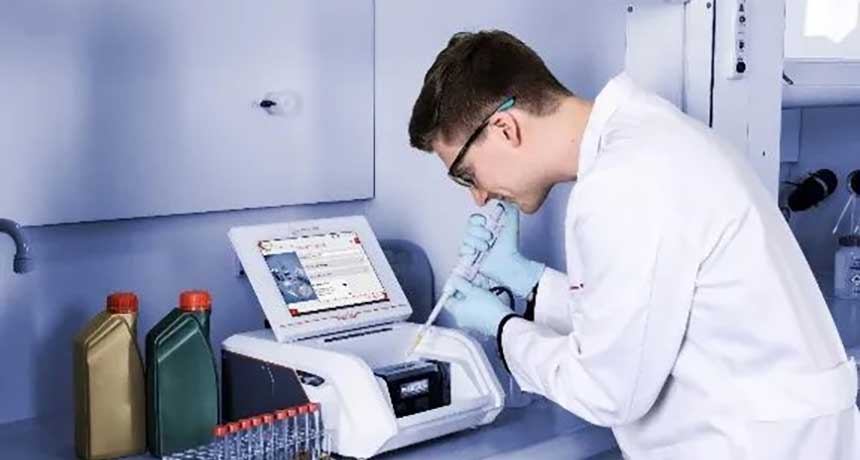When we go to the hospital for examination and some symptoms cannot be well detected by conventional electrocardiogram, doctors often recommend that we do a 24-hour dynamic electrocardiogram. So, what is a 24-hour Holter
ECG? What can a 24-hour dynamic electrocardiogram detect? YSENMED medical equipment introduces you to the 8 common functions of 24-hour dynamic electrocardiogram.
1. 24-hour dynamic electrocardiogram
The 24-hour dynamic electrocardiogram is a graph that continuously records and compiles and analyzes the electrocardiogram changes of the human heart in active and resting states for a long time. Including: ST level trend chart, heart rate variability, data after physical exercise and differential diagnosis of various arrhythmias.
It can record all abnormal radio waves, detect various arrhythmias and myocardial ischemia with or without symptoms in patients under various conditions within 24 hours, and provide accurate and reliable basis for the diagnosis of various heart diseases.
2. 8 common functions of 24-hour dynamic electrocardiogram
As a commonly used clinical diagnostic method, 24-hour dynamic electrocardiogram has some advantages that conventional electrocardiogram does not have, and it has good monitoring effect and guiding significance for the symptoms of various diseases. In particular, it plays a significant role in the diagnosis of various cardiac arrhythmias and coronary heart disease.
Next, let us take a look at the 8 common functions of 24-hour dynamic electrocardiogram!
1. Diagnosis of arrhythmias caused by various causes
Clarify the types and properties of arrhythmias, such as various premature beats, maximum heart rate, slowest heart rate, tachycardia, bradycardia, conduction block, etc. In particular, the types and frequency of certain fatal arrhythmias and their relationship with activity, sleep, etc. are used to screen out high-risk patients to determine further examination and treatment.
2. Detect latent arrhythmias
A short-lived arrhythmia that occurs under specific circumstances is easily missed by conventional ECG, while DCG can capture short-lived abnormal cardiac electrical changes and understand the origin, duration, frequency, occurrence and termination of arrhythmia, which can be correlated with clinical symptoms. Daily activities are synchronously analyzed and their interrelationships are analyzed.
3. Observe bradyarrhythmia
Understand its main manifestations and whether there is sinus node insufficiency. For fast-slow syndrome, DCG observation can help to select antiarrhythmic drugs, adjust dosage or consider other treatment methods, and provide objective basis for pacemaker installation and type selection.
4. Evaluate the efficacy of antiarrhythmic drugs: DCG is a reliable clinical indicator for research and evaluation of antiarrhythmic drugs.
5. Help determine whether intermittent symptoms, such as chest tightness, palpitations, dizziness, amaurosis or syncope, are of cardiac origin.
6. Diagnosis of myocardial infarction
Dynamic electrocardiography is of great significance in the diagnosis of myocardial infarction. First of all, it can make a clear diagnosis of myocardial infarction based on the typical electrocardiogram characteristics of myocardial infarction. At the same time, it can better record the evolution of the electrocardiogram and understand the progression and onset of the disease. Dynamic electrocardiography can also be used to detect painless myocardial ischemia after infarction and guide clinical treatment.
7. Diagnosed with coronary heart disease
A 24-hour dynamic electrocardiogram can diagnose coronary heart disease. The electrocardiogram can show the blood supply to the myocardium and can diagnose myocardial ischemia, myocardial infarction, etc. Nowadays, coronary angiography is often used to diagnose coronary heart disease clinically, which is the most effective and intuitive examination method.
8. Discover potential risk factors for sudden death
The most common cause of sudden cardiac death is ventricular tachycardia or ventricular fibrillation, which is often preceded by ventricular arrhythmia with unstable cardiac electrical activity. Its occurrence pattern can only be easily discovered by relying on DCG.
For patients with mitral valve prolapse, hypertrophic or dilated cardiomyopathy, and Q-T prolongation syndrome who are likely to suffer sudden death, DCG can promptly and comprehensively detect the risk factors for sudden death, helping to take effective treatment measures in a timely manner.
3. What should you pay attention to when doing a 24-hour dynamic electrocardiogram?
When using a chart machine to do a 24-hour dynamic electrocardiogram, we should pay attention to the following 6 points:
1. Check the cleanliness of the area to be patched, reduce skin flakes and grease, and ensure full contact between the electrode and the skin;
2. During the inspection, try to choose loose cotton underwear to avoid static interference;
3. During the inspection, please stay away from strong magnetic fields and do not approach microwave ovens, induction cookers, etc.;
4. It is better to move than to be still: after wearing the recorder, daily life should be the same as before wearing it, and the subject should do moderate exercise. Depending on the condition and the purpose of the examination, inpatients can walk slowly, go up and down stairs, etc.; those with suspected angina can choose more intense exercise that may induce disease attacks, so as to observe the relationship between exercise volume, myocardial ischemia and arrhythmia, and provide doctors with reference for diagnosis. However, those with serious illness should follow the doctor's instructions.
5. The skin should be dry: The electrode is attached to the skin of the chest and connected to the recorder via a wire. If the skin is wet, the contact between the electrode and the skin will not be good, and the electrode may even fall off, and the subject will have to redo the test.
6. Keep a diary: lightly press the electrocardiograph button on your chest to record your activities during the day and the exact time when symptoms occur for the doctor's reference when analyzing the electrocardiogram.
The above are some precautions about 24-hour electrocardiogram. YSENMED is a medical equipment supplier from China. We have 20 years of experience in the medical equipment industry. Welcome to consult!






